I can’t say I ever imagined myself holding Scotland’s oldest lemon, treading floorboards laid nearly 350 years ago or measuring a bullet hole from an assassination attempt on Bonnie Prince Charlie.
But I did all three in one morning at Bannockburn House.
In the last year, the number of rooms in the Stirlingshire house that visitors are allowed into has dwindled.
But the point of my visit was to access all areas – the good, the bad and the crumbling – to see just how much help this treasure trove of history needs.
Jacobite headquarters
The original section of Bannockburn House was completed in 1675 by Sir Hugh Paterson.
Many families owned and lived there in the centuries that followed, most with royal blood running through them and each with their own tales to tell – including the same Wilsons who were the first to commercially weave tartan.
Its most famous inhabitant was Bonnie Prince Charlie, who used the house as headquarters for his Jacobite army in January 1746.
In what was the biggest community buyout in the UK at the time, Bannockburn House Trust took ownership of the house in 2017. It had been uninhabited since the 60s, and the group could never have known what they were getting themselves into.
“There are so many layers of history here,” said Catherine Bradley, head of research, conservation and living history, as we stood in Laigh Hall at the front of the house.
“Everything has become more complicated because we started finding things from the 14th Century and 15th Century. The site is far more complex than anyone ever realised; the more we look, the more we find.”
The last seven years have been decorated with discoveries that have challenged what was once thought fact about the history of the house and those who passed through it, and those discoveries are still coming thick and fast.
A coal mine in the grounds dating back to at least the 15th Century is one of the most recent, and the team is yet to find remains of a tower house hiding somewhere within the grounds.
‘It should be in all the history books’
Anne Monaghan is history team lead at Bannockburn House. Though she grew up in the area, she was blind to its history.
“I had no idea how important it was,” she said. “We never learned about it in school, it should be out there in all the history books.
“In all the times I have been here, I notice something different every time.”
I say my tour was access all areas, but the truth is there are rooms in Bannockburn House that are no longer safe to enter.
Some floorboards are so decayed you would fall through them, ceilings are sagging and mould is creeping into the air. The rendering on the outside of the house only makes matters worse.
‘The house is suffocating’
Catherine said: “It all has to come off. The house can’t dry out because water is coming in the cracks, the missing stone and the mortar on the gable ends.
“It’s like a sponge, soaking up water and not breathing to get rid of it.”
Anne added: “In non-technical terms, the house is suffocating.”
The Blue Room, once a luxurious bedroom, now contains only huge steel rods holding up its ceiling. Without them, it would likely have caved in by now.
In the adjoining dressing room, Anne is shocked by how damp one corner is compared to when she was last there.
While lifting the boards in the floor above the falling ceiling, Catherine found treasures as she sifted through what lay beneath.
Scotland’s oldest lemon
“We pick every single thing out by hand, bag it, label it and archive it,” she said.
“We found some special things which would have been lost down through the floorboards.
“One is a waistcoat button, likely dating back to the 18th Century. We have never shown this to anyone.
“Even more special though is what we think is Scotland’s oldest lemon.
“Someone has cut it in half, so we think it was probably used for cleaning. I can’t tell you exactly how old it is but it’s at least as old as the floor upstairs, which we think is more than 100 years old.”
Bonnie Prince Charlie assassination bid
Another room barely safe to enter is one that made headlines across the world this year.
On one side of the room the ceiling is being held up by a platform, but it was what was on the other wall that I had been anticipating.
I found myself holding my breath as Catherine prised a small square of panelling from the wall to reveal the bullet hole.
“An oral tradition stated there was an assassination attempt on Bonnie Prince Charlie while he was staying here, but we had no idea what room it was in,” said Catherine.
“This spot was painted over and covered by the bed, and the window the shot would have been fired through has been covered up.
“One day a guy called us to say his aunt was a housekeeper here and she used to look after the bullet hole. We were in at 8am the next day uncovering it.
“We had leading Jacobite scholar Murray Pittock and archaeologist Murray Cook assess it and they concluded the only thing that could have made that hole was a mid 18th Century musket.
“With that discovery, saving the house became more important than ever.”
£10 million repair bill
Despite the decay, the original beauty of Bannockburn House is plain to see and there are plenty of well-preserved rooms that allow visitors to glimpse its past.
The ornate Victorian ceilings in the Laigh Hall and Blue Room are thought to be the work of the same craftsman who did the ceiling in the King’s bedchambers in the Palace of Holyroodhouse, each individual rose uniquely handcrafted.
Each fireplace is different and traces of painted wallpapers still exist.
Catherine and the team believe it will take more than £10 million to have Bannockburn House breathing again. The grounds will likely need the same again.
They raised enough money to start emergency works on the roof – which is in its original slate, with the wooden pegs holding the slates together crumbling one by one – but it won’t be long before the pot runs dry.
In a final push to save the building, the 80 active volunteers who make up Bannockburn House Trust have launched a £100,000 fundraiser so more works can be carried out before it’s too late.
“The house has played such an important part in Scottish history and its story needs to be told,” said Anne. “Once we uncover one problem, another arises, and we are afraid there are worse issues we haven’t found yet.”
Catherine added: “The house has been forgotten in history, people have stopped telling its stories. Look at what is under the floors, the history just lying there.
“What if we never discovered any of that? There is so much to gain by conserving and studying this house and we owe it to Scotland. We would be remiss to everyone not to save it.”
To donate go to www.crowdfunder.co.uk/support-bannockburn-house
For more Stirling news and features visit our page or join us on Facebook.
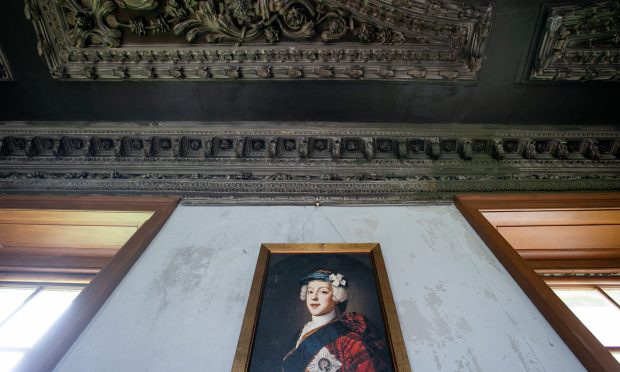
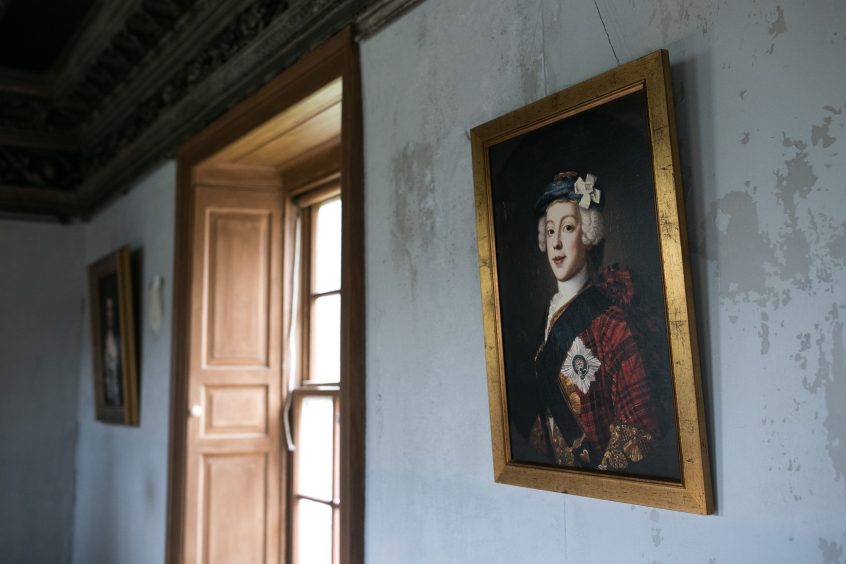
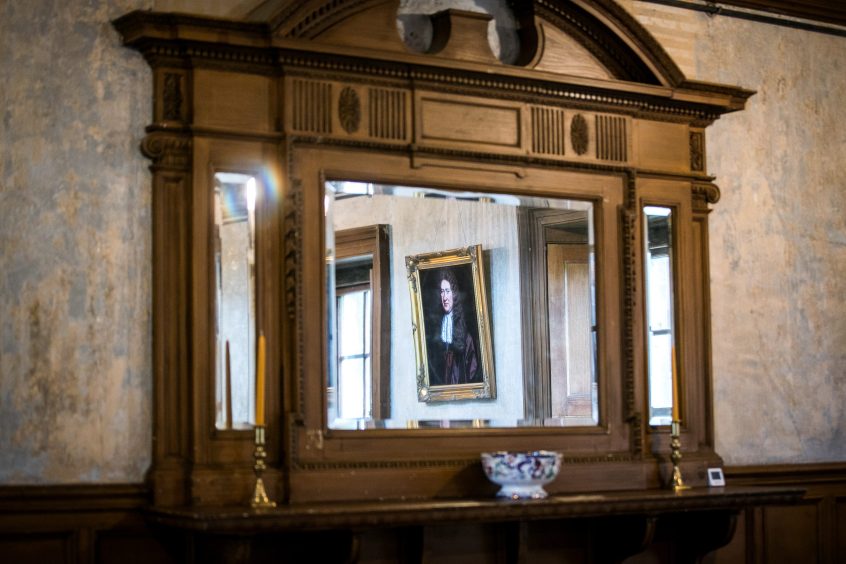
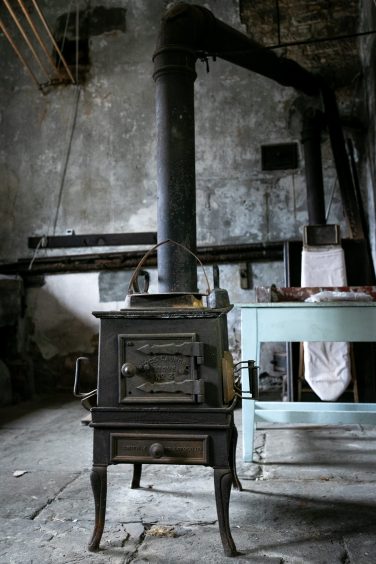
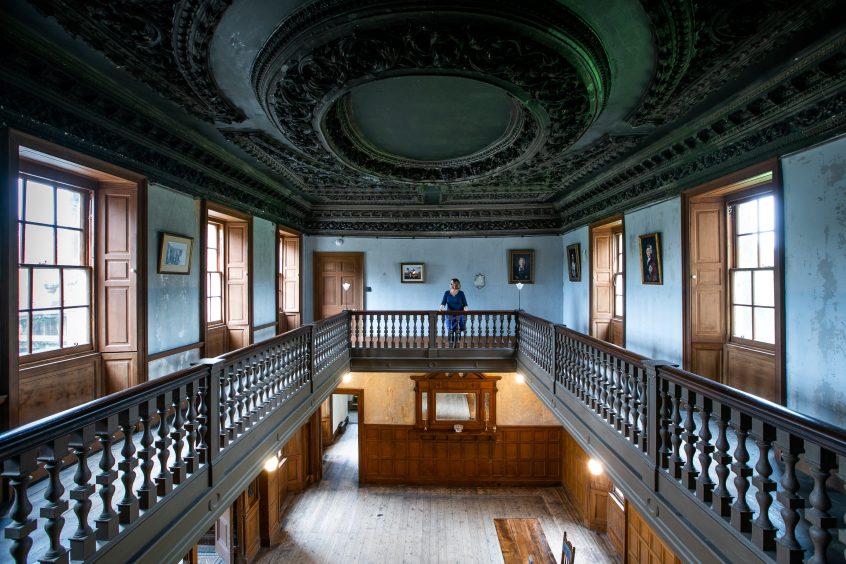
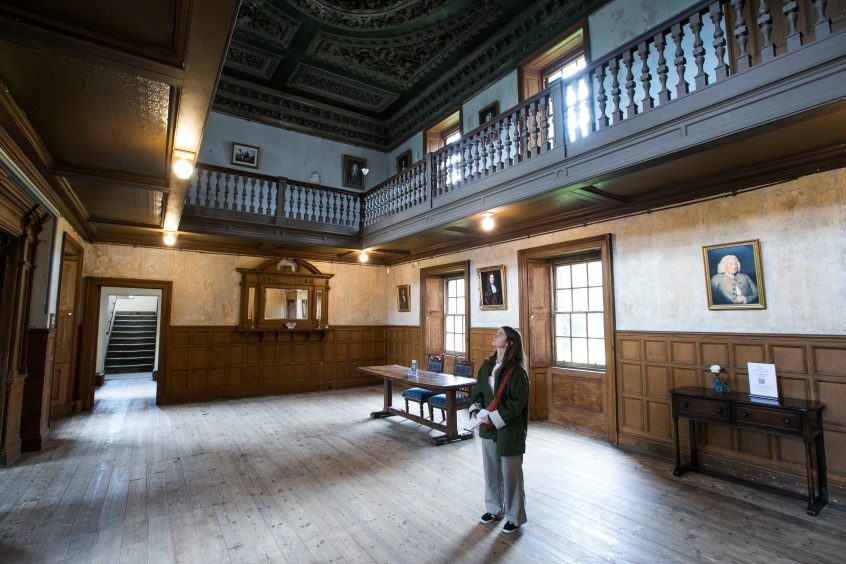
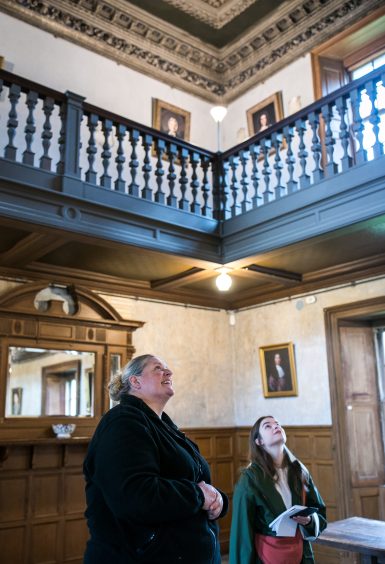

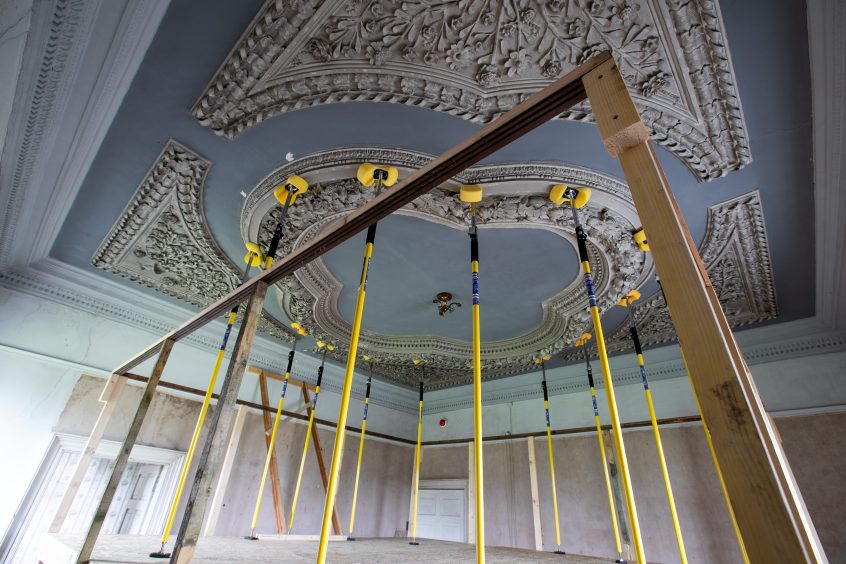
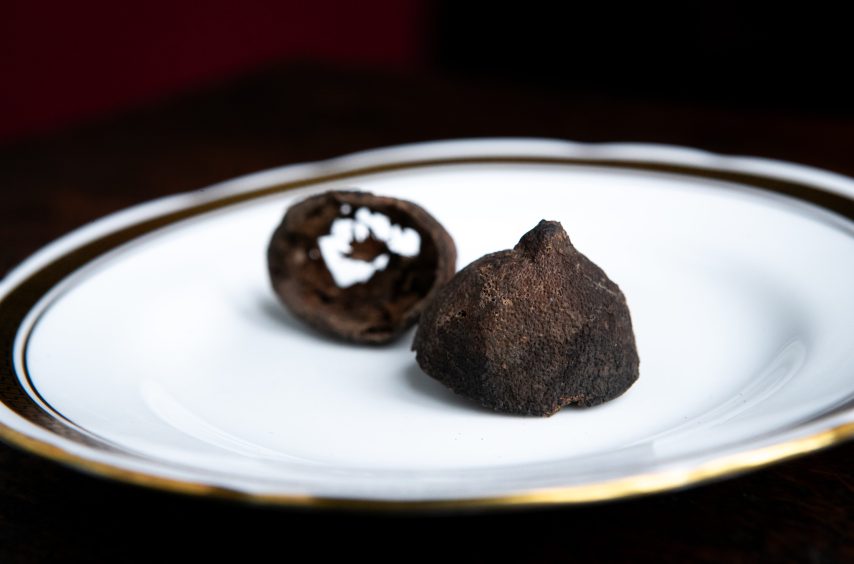
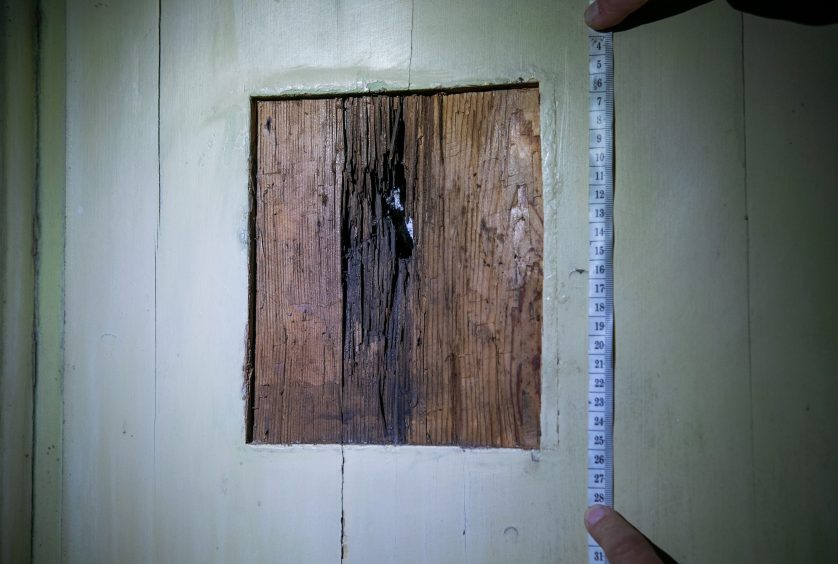
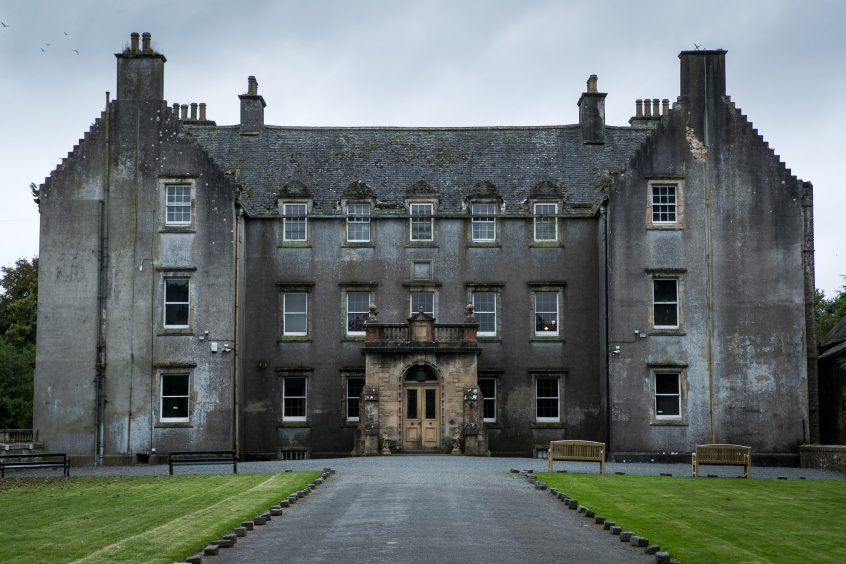
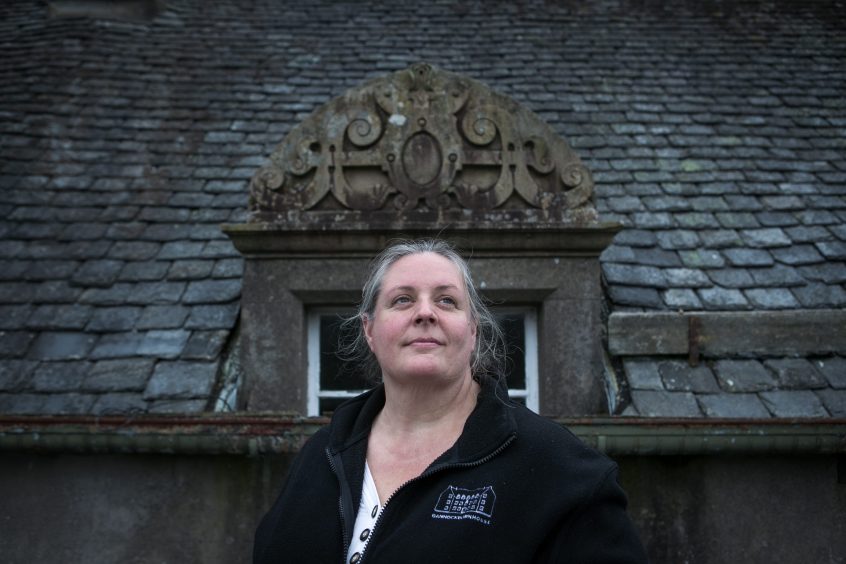
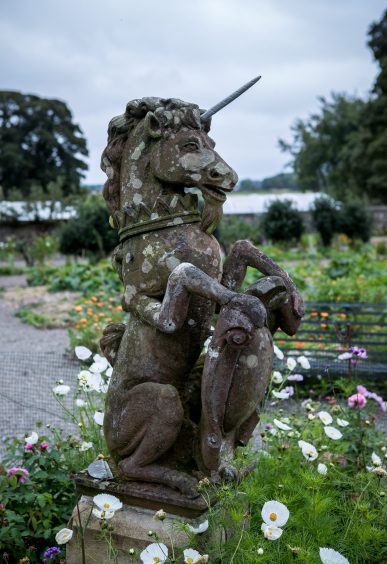
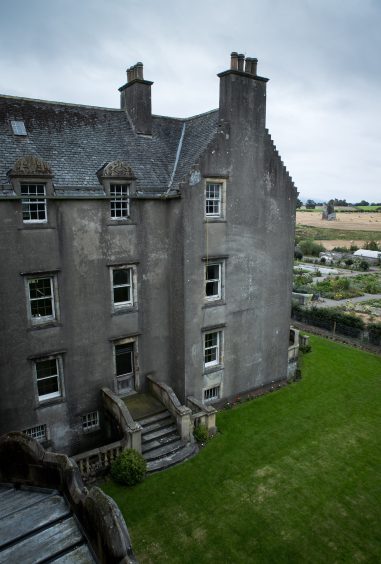



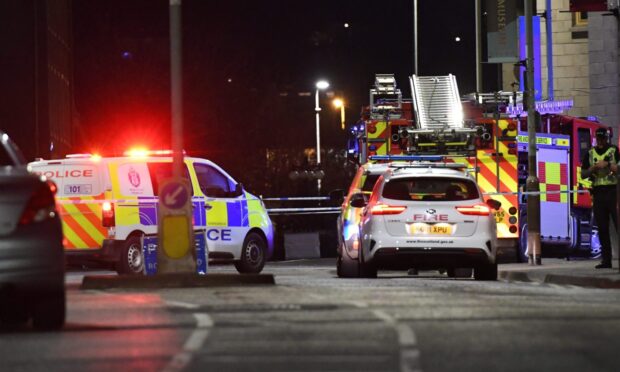
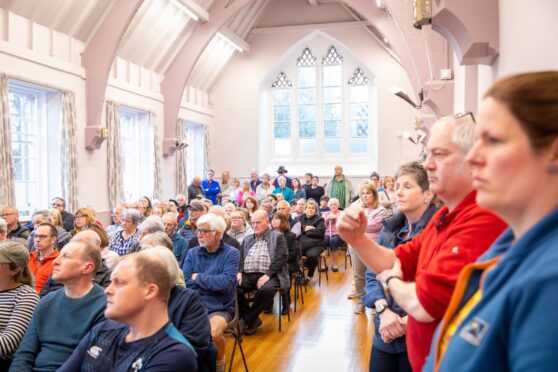
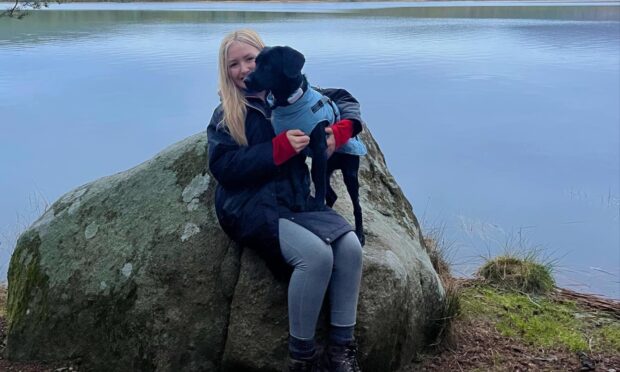



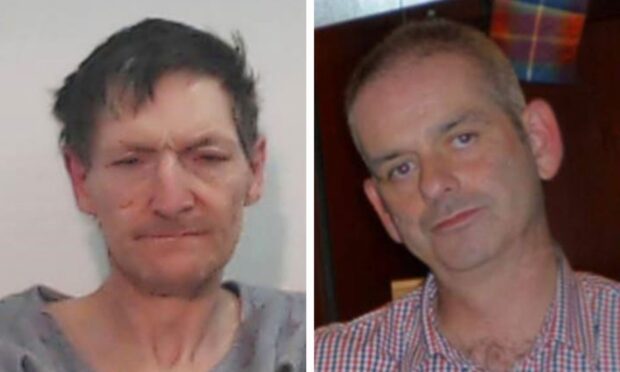
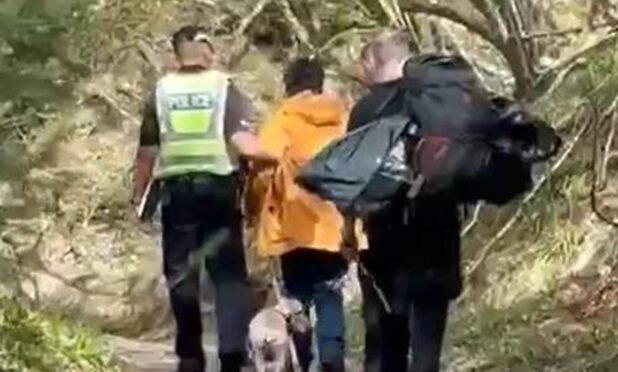
Conversation